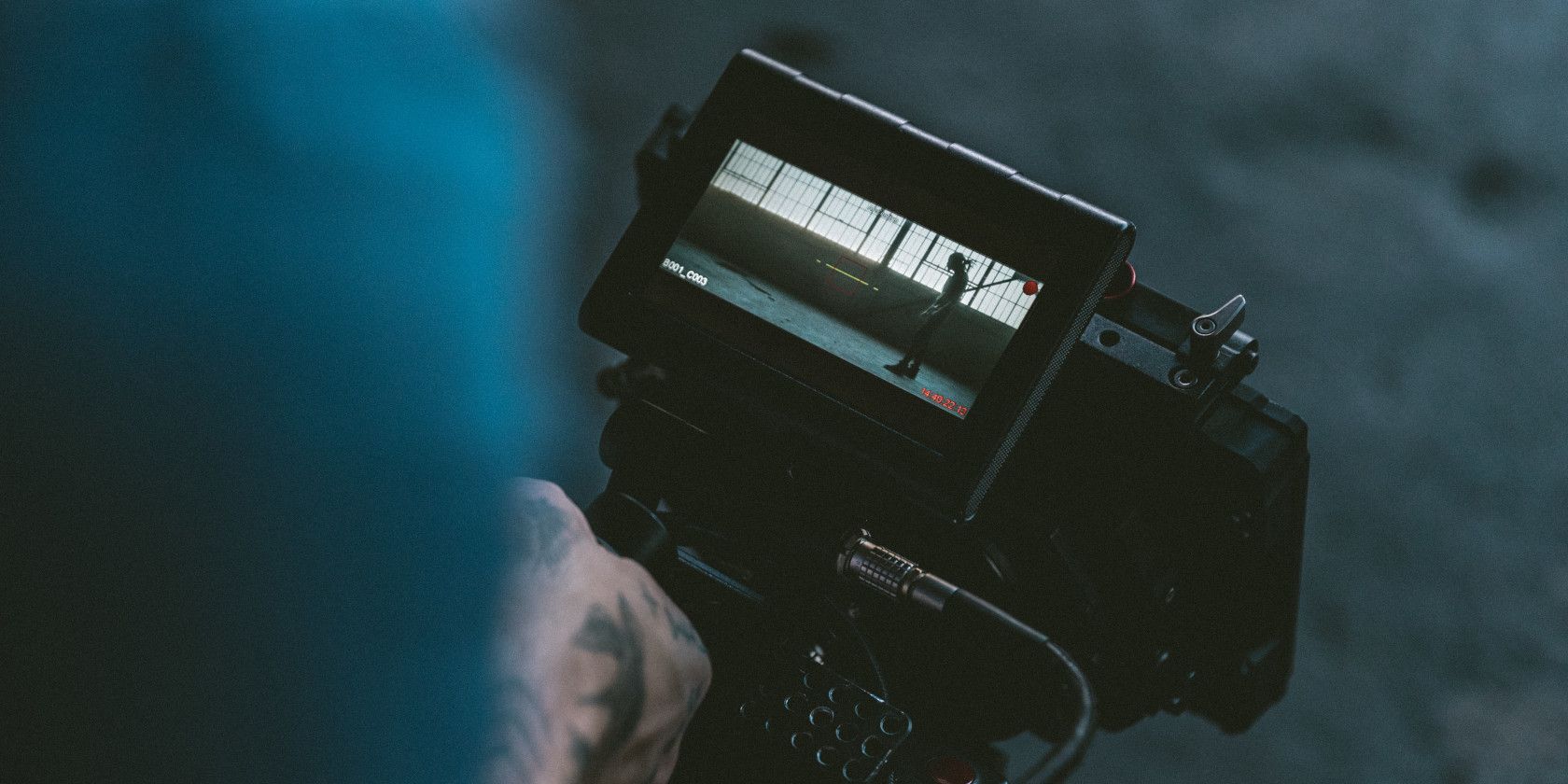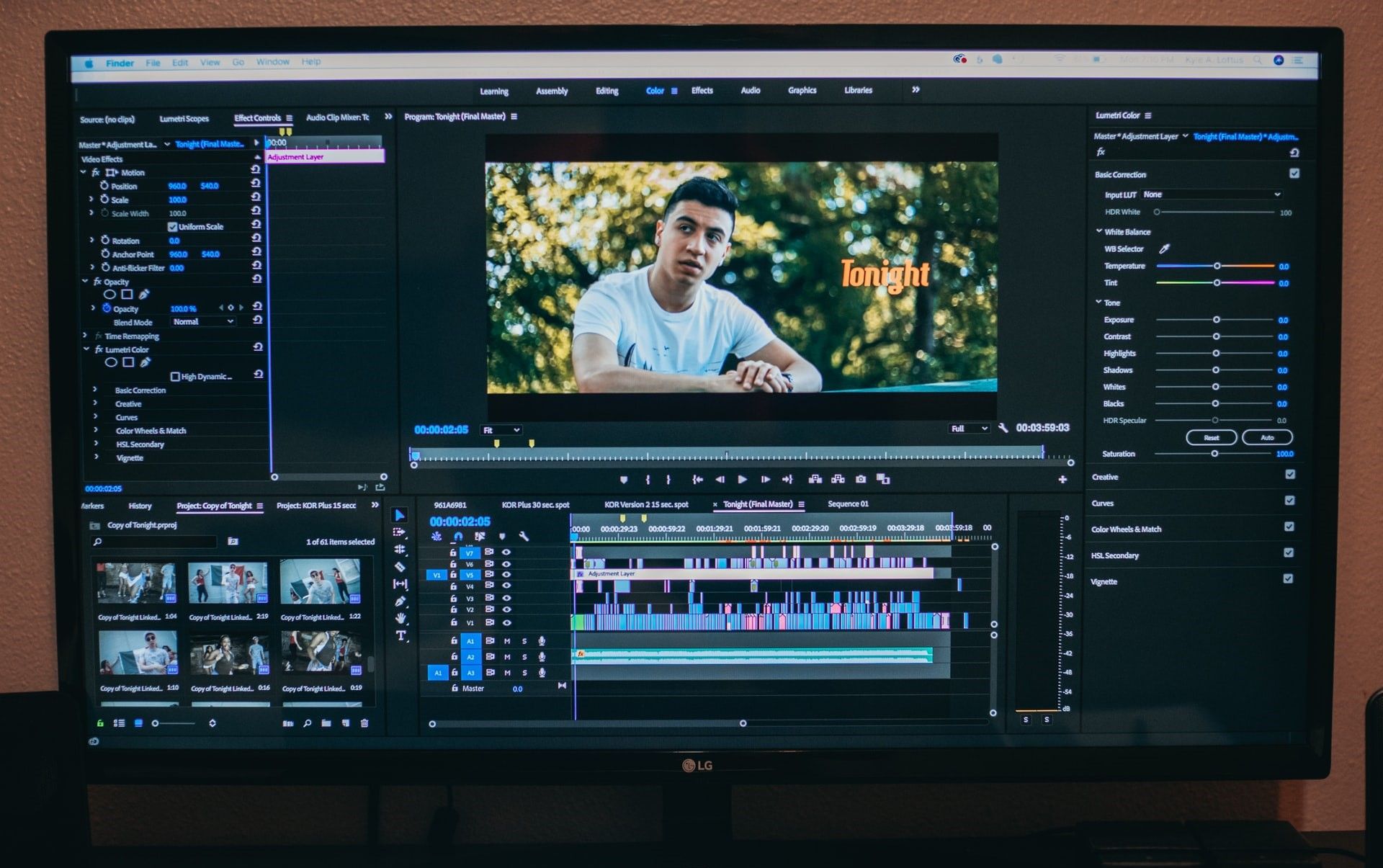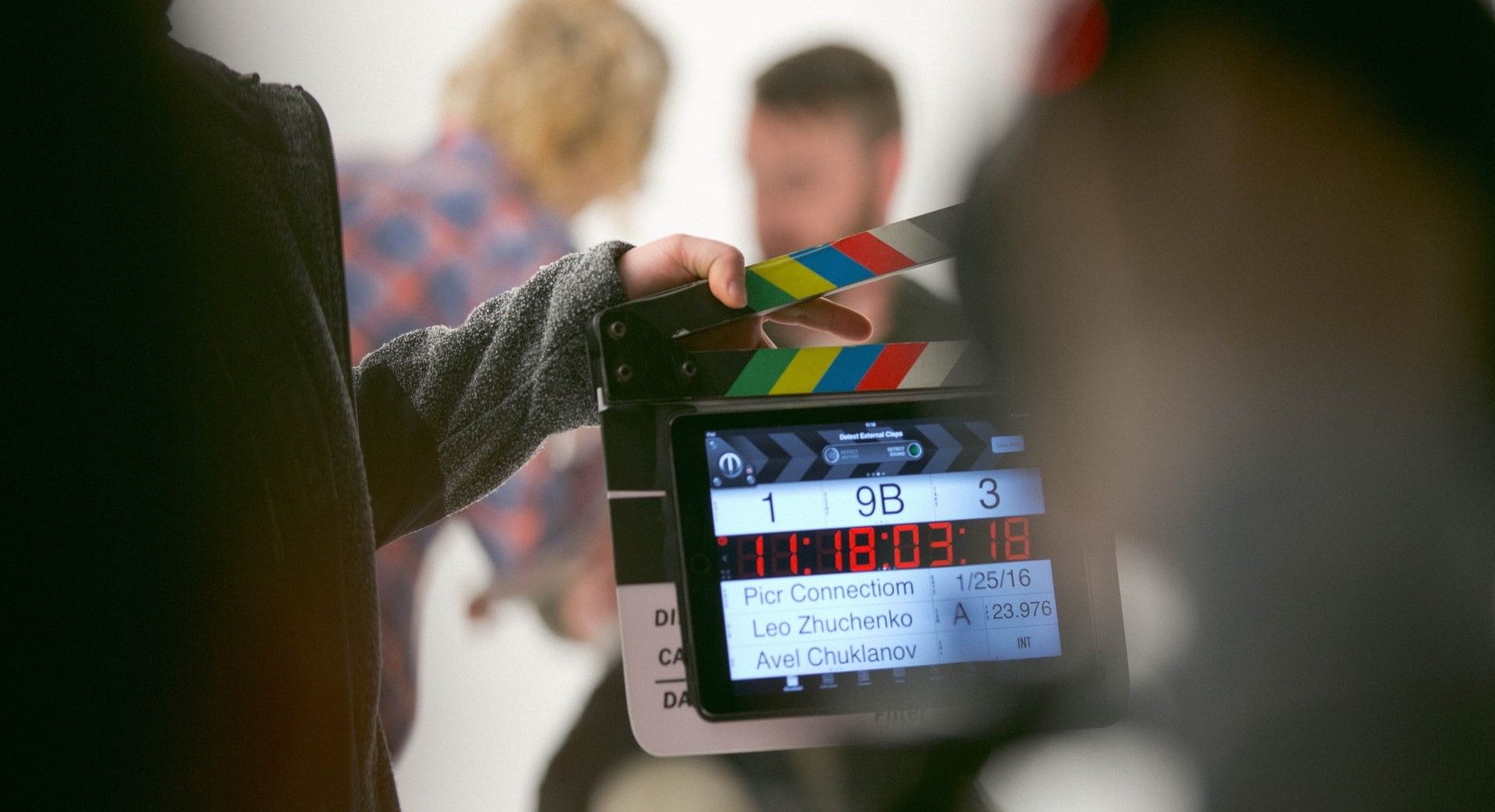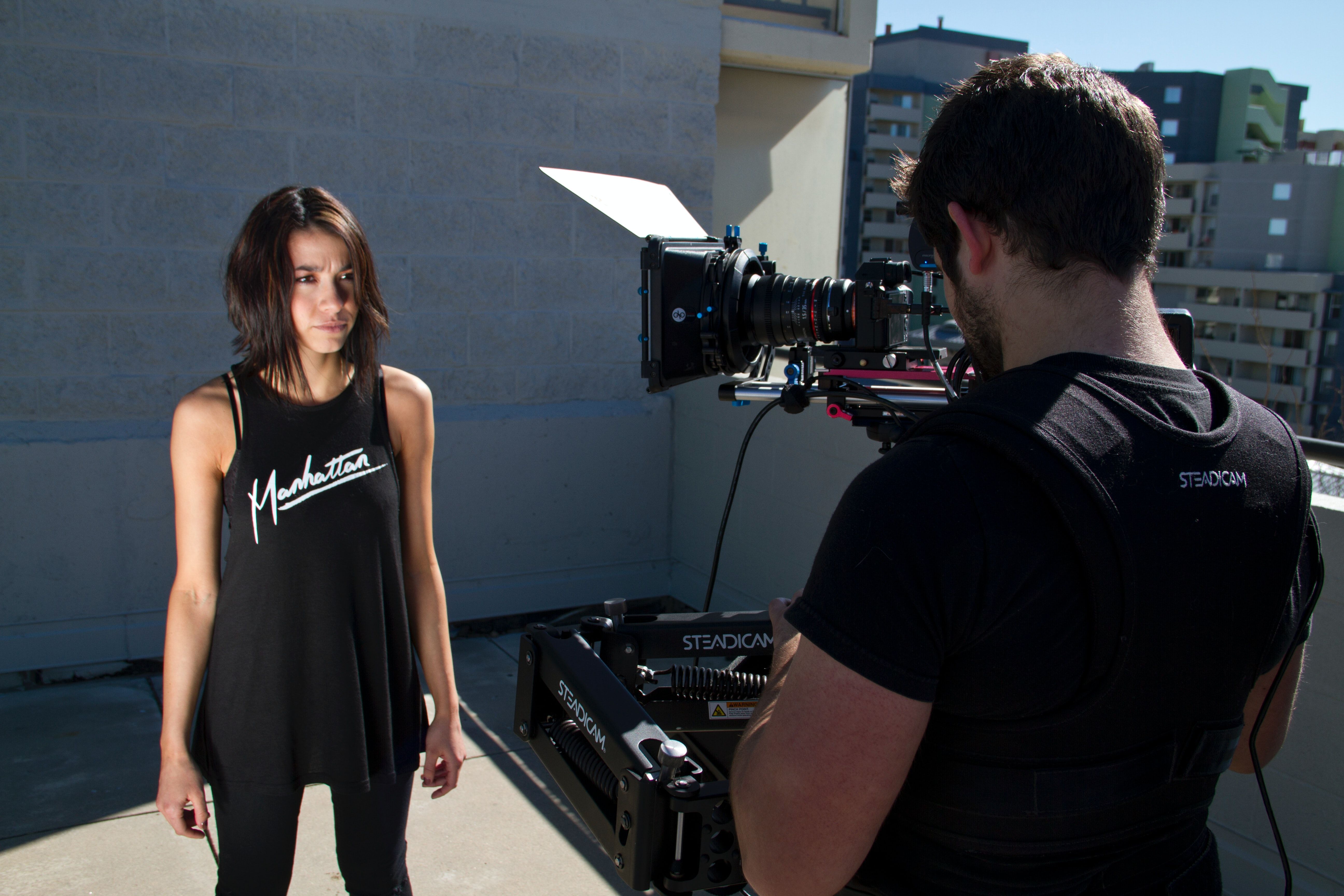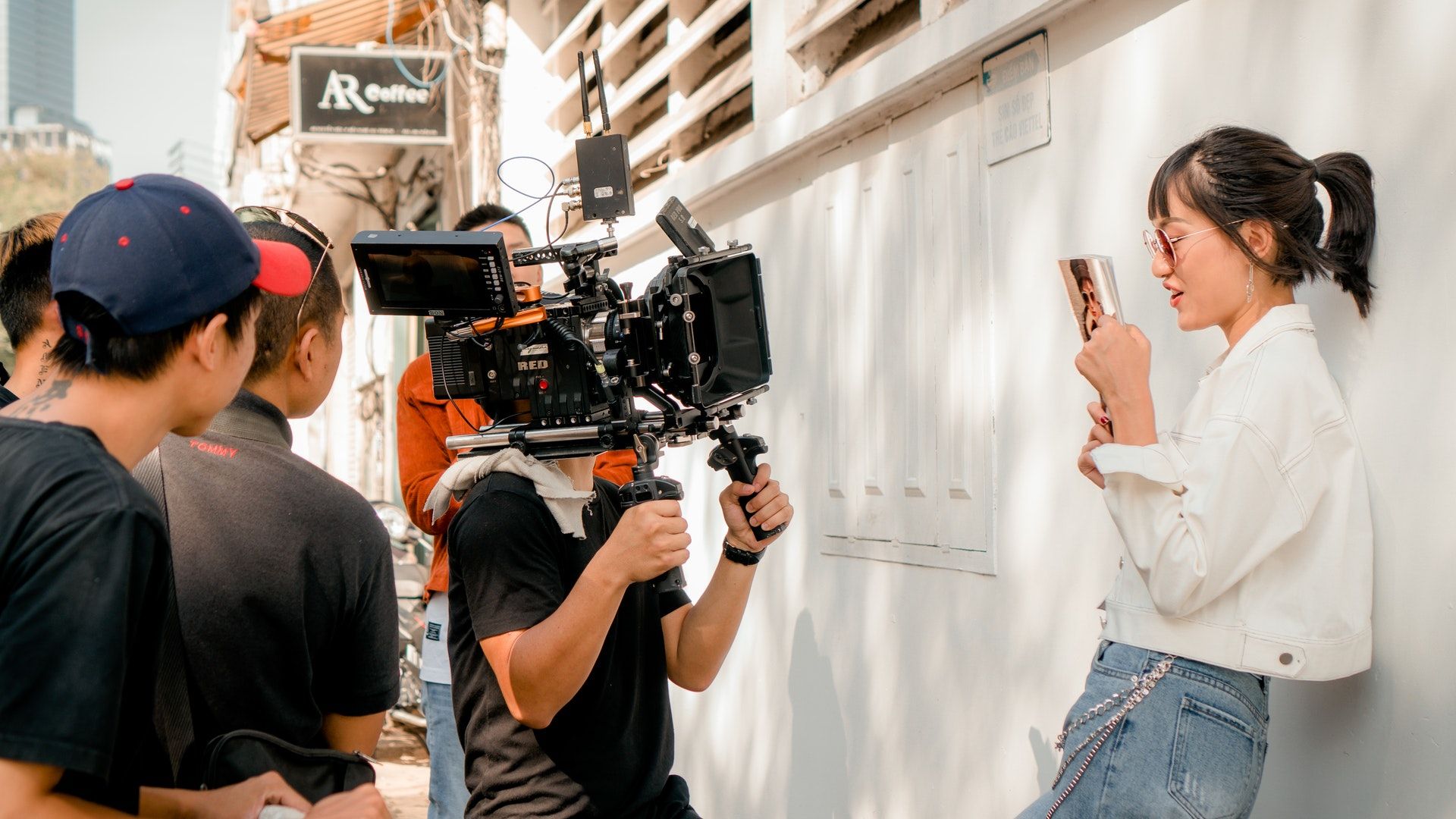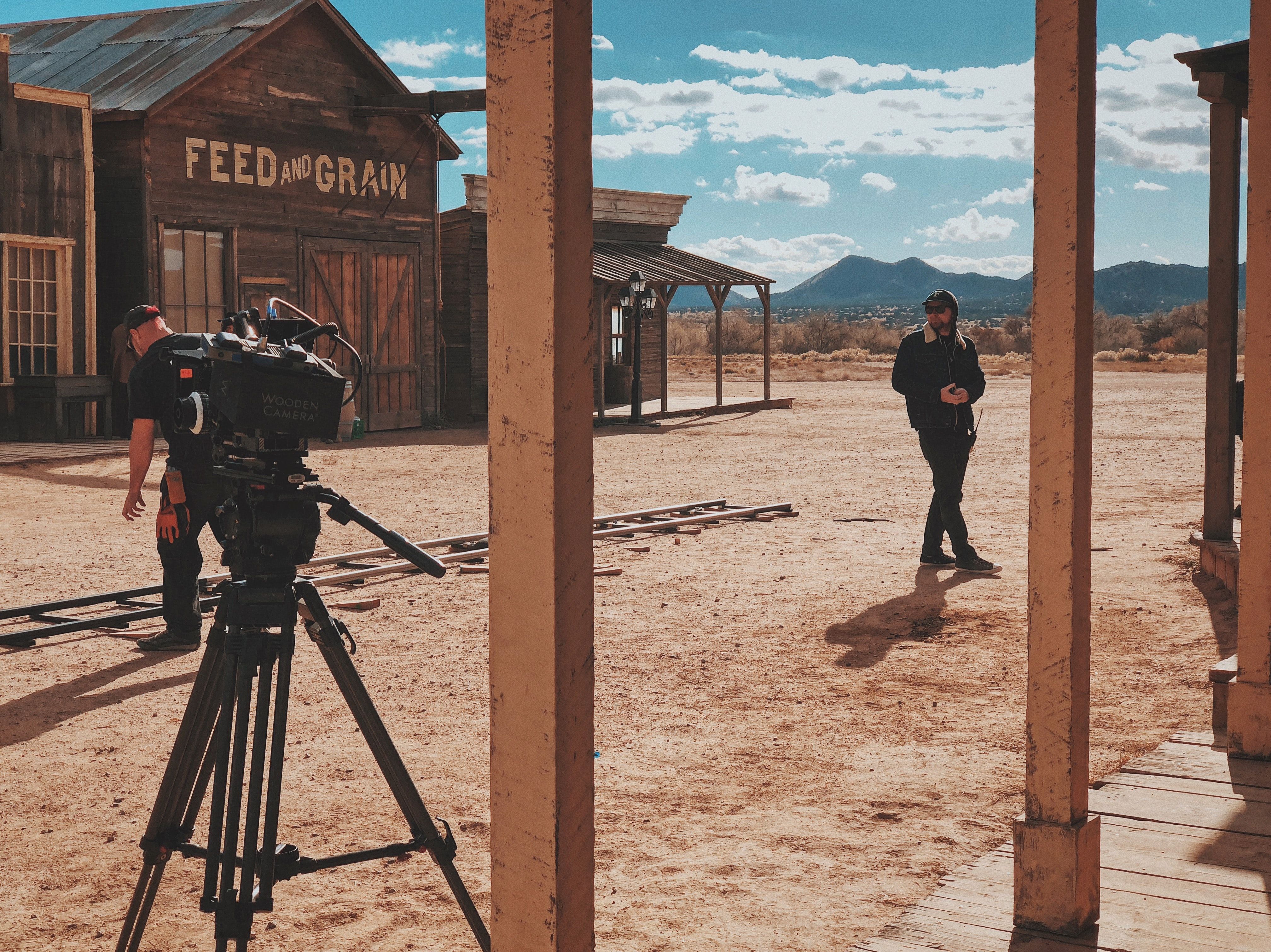Juxtaposing footage in post-production toys with the psyche.
A man leers longingly after the bowl of soup, starving after a hard day of work, or at least he does in the mind of the viewer. The reality: this man may have never even gotten a whiff of the soup in question. In fact, the two shots may have been acquired months apart from one another.
This is a result of invisible editing, and we'll get into exactly what this technique involves.
What Is Invisible Editing?
We, as savvy, modern movie-goers, are much too bright to fall for any cheap tricks. Or are we?
We pay to watch the Spielbergs and the Michael Bays of our day work their charm on-screen, despite knowing very well that Optimus Prime may as well be a figment of our imaginations. Yet we shudder at his every move, enthralled and thrilled by the spectacle.
What is it about movies that keep us coming back for more?
The technique that suspends us in disbelief is called invisible editing. It allows the viewer to look through a window that resembles the way we follow action in real life. Shots are worked together seamlessly so that we piece the story together uninterrupted.
How to Edit Seamlessly: It Begins on Set
Successful invisible editing begins on set. While shooting on the fly is fun and exciting, professional filmmakers will swear by the power of a solid plan before breaking ground.
Jumping the gun without having your story planned from beginning to end may have you scrambling in post-production. Having a concrete plan does not limit your vision. In fact, after you have everything you need, you may find yourself with leftover time to explore other avenues while still behind the camera.
Once you've got the bare bones down pat, you will want to work with your DP (director of photography) on something called a shot list. Putting your heads together, you'll spend time visualizing the film, and working through each scene logically in order to identify the on-screen elements that are vital to the story being told.
Knowing how each sequence will transition into the next allows you to consider the junctures between each shot within them more minutely. In this way, you "watch" the movie in your mind many times before beginning your work together.
When you know what one of your characters is pointing his gun at in diegesis, you are more able to direct the actor accordingly, presenting the action in a way that serves the next shot to come.
Getting to Know the Art of Continuity
The synergy linking each shot logically to the next is called continuity. But what conventions allow us to shoot complex scenes with continuity?
In terms of your crew, a script supervisor will be the first line of defense against shots that clash against one another. Ideally, this person will also be editing the film. Armed to the teeth with a binder, a script, and a monitor, he or she will watch carefully as production continues, freeing everybody else to focus on their own pieces of the puzzle.
That said, these are some of the major elements of continuity to look out for.
Screen Direction
A person on the left side of the screen tosses a football that flies out of the right-most edge. In the next shot, his son, on the right side of the screen, receives it as it enters the frame from the left.
If both shots were shown at once, side-by-side, the football's path would appear to be uninterrupted if timed correctly. The continuity is what leads us to believe that the two events occurred in a continuous sequence. This is true even if the shots were acquired far from one another in reality, or even out of sequence.
If their positions and the direction of the football were shot opposite to this, the resulting progression would look and feel awkward.
Timing and Matching Action
A dialogue scene between two characters should match a comfortable pace similar to normal conversation. The editor is able to pick and choose the actors' best takes, and can then coordinate the chosen lines harmoniously. What may have been a dull performance at the time can be ramped up significantly with a bit of clever timing.
As another example, let's revisit the football scenario: the amount of time that the football spends in the air between father and son is easy to understand and to predict. Straying too far from the amount of time that the viewer expects the football to be in the air will create a different feeling.
Too fast, and the viewer may not be able to follow what happened. Too slow, and the effect may end up being more comedic than heartfelt, as the boy waits earnestly in vain for his turn to toss the pigskin back.
Eye Lines
Consider the direction that each actor faces when completing an action or speaking. Unless shooting everything proscenium-style, square with the picture plane of the camera, you will want to make sure that the gaze of a character meets something tangible in the next shot.
This is especially important when shooting dialogue. Each face must address another directly and clearly, especially in more complicated, round-table scenes that involve many speaking to one another simultaneously.
The 180-Rule
The 180-rule lies at the heart of all of the above. You may be familiar with filmmakers talking about "hopping the line" during production.
This means that, when regarding the scene, a line of action should be drawn through the set physically. This line can be anywhere; once established, however, care must be taken not to cross it.
This very simple technique reigns in a game plan that may otherwise easily fall into chaos. When crossed, everything in the world of the film flips over on-screen—either side of the line will be acceptable to choose, but footage shot from opposite sides are not compatible and cannot be cut together seamlessly.
Marking this line on the ground with tape will keep you and your crew on your toes. Before setting out to shoot, a location scout followed by a top-down diagram of the area can be used to plan where to draw your line. This will help you avoid shooting yourself into a tight corner in the heat of the moment.
Mastering the Invisible Edit
Learning how to edit seamlessly starts with having source material shot with purpose. With that being said, however, you should never give up on a scene missing pieces—the mark of a master is his or her ability to put it all together, even in the bleakest of circumstances.
Making it all work is part of the challenge. There's no time like the present to dive in and get started!

